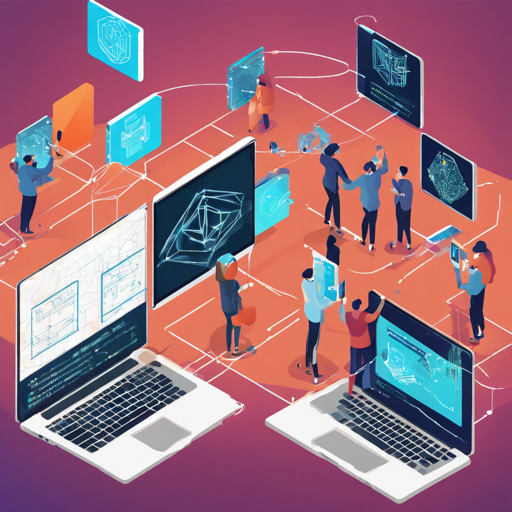Welcome to your journey into the world of blockchain! In this blog, we’ll cover how to set up a web-based demonstration that visualizes the core concepts behind blockchain technology. Get ready for an engaging exploration!
What is Blockchain?
Blockchain is essentially a digital ledger that is secure and immutable. Imagine a diary that is passed around among friends; each time someone writes in it, every friend receives a copy. No one can erase what was written, and everyone can see the complete history. That’s the beauty of blockchain! It ensures transparency, trust, and security through consensus.
Setting Up the Blockchain Demo
Let’s set up the demo step by step. Follow these instructions based on your preferred method, either directly or using Docker:
1. Direct Setup
- Get the code:
git clone https://github.com/anders94/blockchain-demo.gitcd blockchain-demonpm installnpm startOR./bin/wwwFor Windows: if the above command didn't work, use this:node ./bin/www2. Setup Using Docker
- Get the code as before:
git clone https://github.com/anders94/blockchain-demo.gitcd blockchain-demodocker-compose up -dOptional Configuration: Adjusting Difficulty
You can tweak the demonstration’s difficulty by editing the first two lines of public/javascripts/blockchain.js. Each increment in required zeros for the demo increases the complexity by a factor of 16. Just like attempting to defeat a challenging puzzle, every step up in difficulty makes it exponentially harder to crack the code!
Time to Mine: Understanding Difficulty
Here’s a sample estimation of mining time based on varying difficulty levels:
- 4 zeros: ~15 minutes
- 5 zeros: ~4 hours
- 6 zeros: ~3 days
- 8 zeros: ~2 years
- 21 zeros (as seen in Bitcoin): ~8,454,989,768,407,765 years
This highlights why adjusting difficulty can lead to dramatic increases in mining time—essentially illustrating why certain blocks are so challenging to mine!
Troubleshooting Tips
If you encounter issues during setup or running the demo, consider these troubleshooting steps:
- Ensure that Node.js is installed correctly on your machine.
- If the server doesn’t start, try deleting the node_modules directory and re-running npm install.
- For Docker setups, run docker ps to check if your containers are up and running properly.
- If you experience a different port issue, verify if 3000 is occupied by another service on your machine.
For more insights, updates, or to collaborate on AI development projects, stay connected with fxis.ai.
Conclusion
By following the steps outlined above, you can set up a basic visual introduction to blockchain technology. As you play with the demo and adjust the difficulty, you’re not just learning about blockchain—you’re experiencing its complexity firsthand.
At fxis.ai, we believe that such advancements are crucial for the future of AI, as they enable more comprehensive and effective solutions. Our team is continually exploring new methodologies to push the envelope in artificial intelligence, ensuring that our clients benefit from the latest technological innovations.

